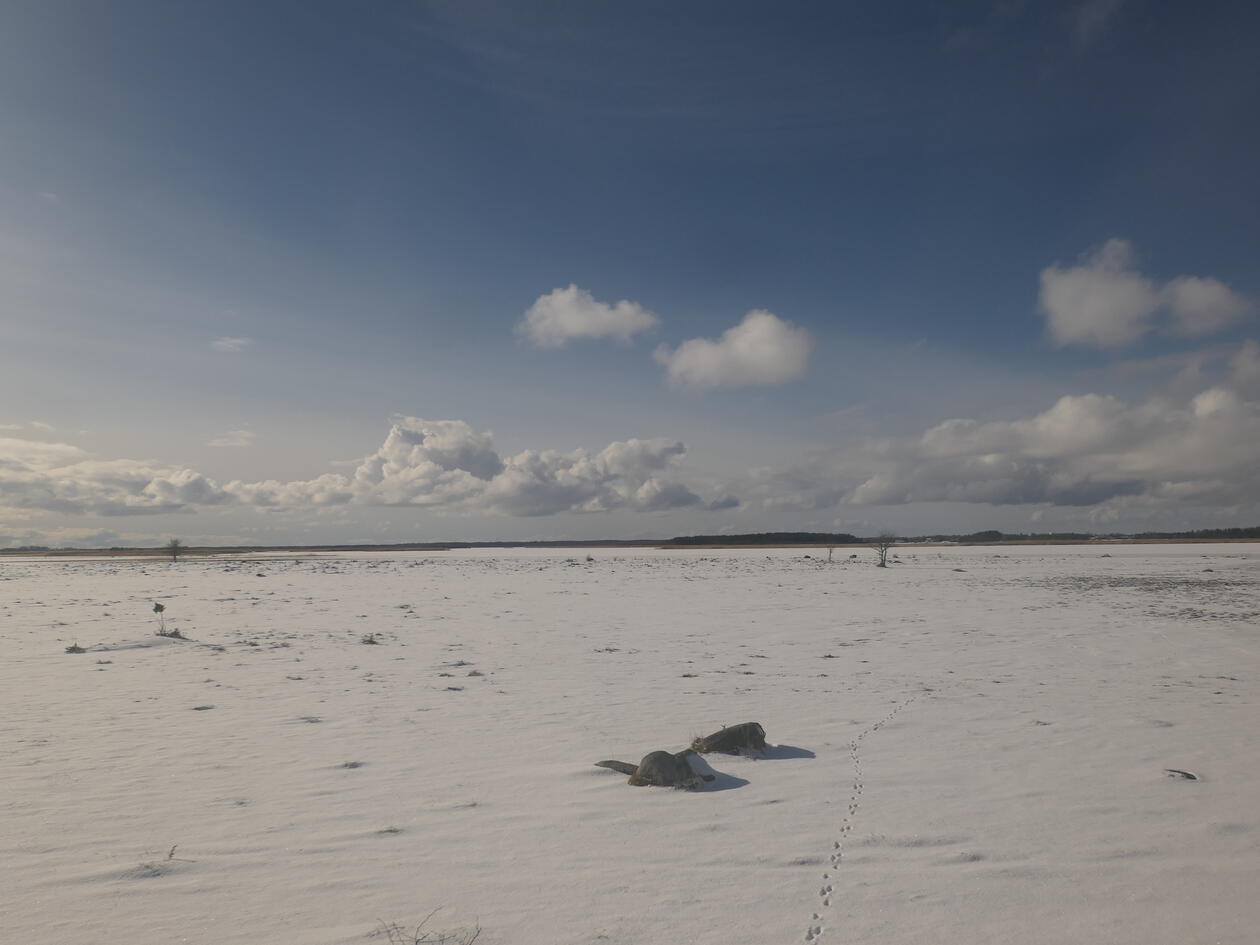Partner Meeting in Hiiumaa
After dedicating most of the last six months of the project to conducting interviews, the CULTIVATE project partners finally met in person, this time on the Hiiumaa island in the West Estonian Archipelago – almost exactly a year since the first in-person meeting in Trebon in March 2022.
Main content
Hiiumaa is one of the four islands that makes up the West Estonian Archipelago biosphere reserve. On our first day we were lucky enough to start with an excursion on the island, guided by local resident and collaborator on the Estonian side of the project, Toomas Kokovkin. He has been involved in the biosphere reserve for many years and has vast knowledge about the past and present life on the Hiiumaa island. We visited several museums, and learnt about the cultural heritage of Hiiumaa, as well as the nature, landscapes, and seascapes.
The Hiiumaa landscape is very flat, and many areas are dominated by timber production today. Traditionally, fishing has been a big part of the island’s livelihood, but due to the poor production of the Baltic Sea, it is no longer a part of the island economy.
One of the most well-known features of the islands in the West Estonian Archipelago are the traditional ice-roads that used to be created during winter when the sea froze between the islands and the mainland. Several routes used to be prepared and lined with juniper branches, and road signs were put up to regulate the traffic. Sadly, most Estonian islanders are now coming to terms with the fact that the ice roads are probably history, due to current climate change – the last time an ice road was open was during the winter of 2011.
During the next two days, meetings were held in the historic main building of the Hiiumaa museum in Kärdla, which is the main town of Hiiumaa. This building is called the Long House (“Pikk Maja”), because it is the longest wooden house in Kärdla – over 60 meters. It was built in the 1830-40s and used to be the home of the directors of a textile factory that used to lie here. Here we also got to meet the museum’s research director, Helgi Põllo, who gave a very informative presentation about the typical cultural heritage found in Hiiumaa and the current status.
During this visit we were discussing and analysing interview results, mapping cultural heritage regulations in the different countries, and planning future workshops using the method “Seeds of Good Anthropocenes”. We look forward to meeting again next spring in Nordhordland biosphere reserve in Norway to discuss the results.



